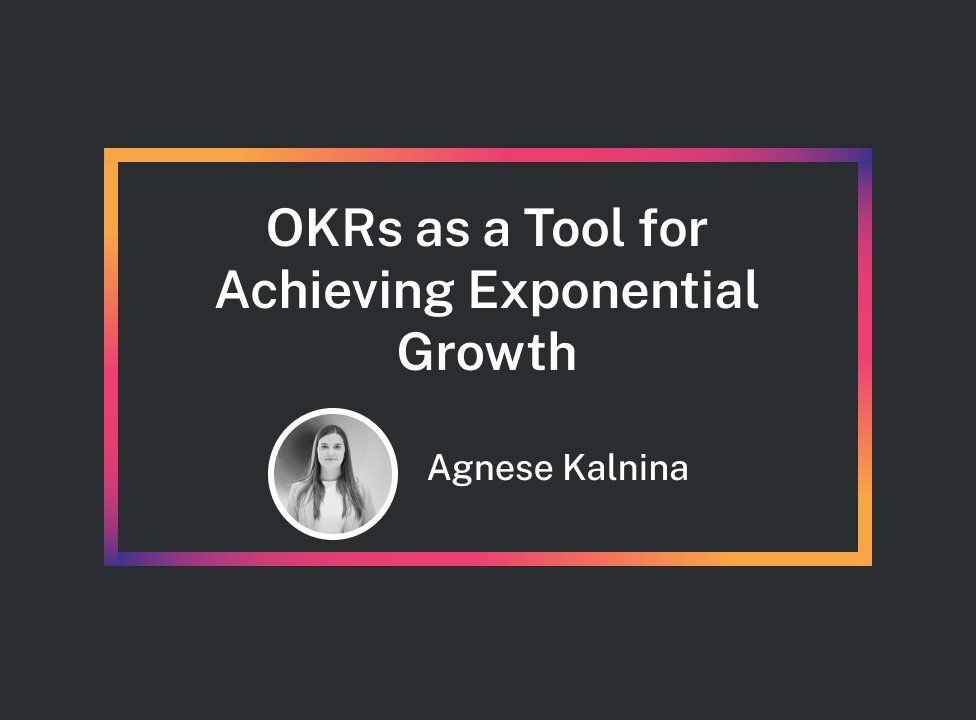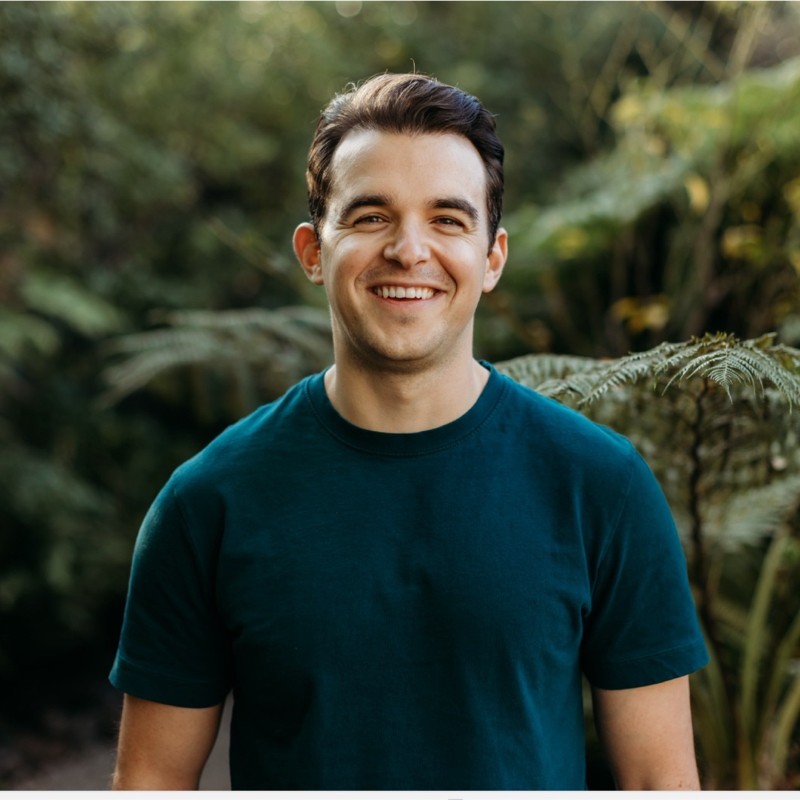This article is part of our Q1 spotlight on Partner Program Planning, Goal Setting, and Forecasting. Learn more in the series introduction.
Agnese Kalniņa joined Lokalise more than two years ago as one of the first twenty employees. In the years since Lokalise has grown to nearly 200 people. After raising $50M in Series B in December, the company has been in a hyper-growth phase.
Today, Agnese joins us to dig into the goal-setting process she uses at Lokalise to achieve exponential growth.
Shifting from KPIs to OKRs

For Agnese Kalniņa and the Lokalise team, OKRs are relatively new — this is the third quarter where the company has set OKRs. Agnese explained, “It was a natural decision with the company growing fast and going remote. It’s been a mechanism for keeping people aligned. There were KPIs before, but it wasn’t clear who was working on what. In a remote setting, it’s important to have maximum visibility across teams. This was something we lacked. The OKRs help people understand priorities and what they should focus on. How can you as an individual contribute to that overarching company goals?”
Shifting from KPIs to OKRs at Lokalise was not an overnight transition. Agnese shared, “It was a process for everybody to learn how it works. We established that everyone needs to set reasonable but still challenging goals. Today, we’re all comfortable with them, but it took half a year of iterations and adjustments. Now, people are used to the framework and confident in talking about and thinking in terms of OKRs.”
Agnese dug deeper into how she got the team onboard with OKRs. “There was a lot of education around that. We had monthly meetings with the whole company where OKRs were presented and explained. For managers, there were additional readings — managers set subgoals and explain those to their team. As a result, it was essential that on a manager level, people bought-in to the process.”
Setting OKRs at Lokalise
At Lokalise, the company sets bigger annual goals. Agnese explained, “Those are big picture bets for areas we want to enter or expand. Then, each department takes them and narrows down into more actionable steps and breaks them into quarters, so each team knows what they need to work on.”
“It goes top-down,” Agenese continued. “The partnerships team is part of the sales organization, and we have a general revenue goal. Sales works with all team leads and determines a realistic and ambitious goal. Once you know your end goals, you determine what you need to do to accomplish them. It’s helpful as you have more focus on certain areas.”
OKRs are public around the organization. Agnese shared that the entire team knows what everyone’s OKRs are. “We use Confluence. Historically, we have playbooks for sales and partnerships teams in there. It’s kind of the go-to knowledge base system. There’s a public page for the company vision explained in more detail. In there, you can check what everyone else is doing and what their focus is.”
After establishing their OKRs, Agnese and her team revisit them during monthly team meetings. “Each director presents the biggest updates from the month and looks at the status of their OKRs. The whole point is that you keep reminding everyone about them. If you just set them and forget about them, it doesn’t really work. You have to keep using this framework.”
Advice for Getting Started with OKRs
The biggest advice Agnese had was to not be afraid. She shared, “If everyone is used to the KPI system, it’s not that different. The main thing is that you’re aligning your goals with company goals and where the company is going.”
If you don’t know where the company is going, it’s difficult to focus on priorities. Agnese highlighted, “Alternatively with OKRs, if the company is expecting you to work on tech partnerships, then you already know that and might de-prioritize partner efforts that aren’t generating as much success. OKRs help you understand what’s important to prioritize. Using OKRs helps you to understand the resources needed. If there’s a certain goal, but you don’t have a dedicated resource in the area, it’s an opportunity for you to expand your team and get some buy-in for different things that you need.”
In closing, Agnese shared, “You need to set OKRs, so people always aim higher and think on a bigger scale. If you want to get ten partners, set a goal for fifteen. Most importantly, you want people to understand why you set those OKRs and truly try to achieve those. So, engage with your colleagues. Keep your goals alive and top-of-mind. Talk about them regularly and remind people of what’s going on.”
Learn more about getting started with OKRs at your organization when you download Strategies for Achieving your Partnerships Goals. Additional experienced partnership professionals will join us over the next few weeks to share their planning, goal setting, and forecasting insights.
Be sure to follow us on LinkedIn to catch all of the interviews as they’re published. Partnership Leaders connects professionals from modern technology companies looking to advance their careers, expand their partner programs, and grow their organizations.
Join The 1700+ Leaders Transforming Partnerships
As a member of Partnership Leaders you will:
- Build and learn with the top partner people at the best companies around the world.
- Increase your impact and accelerate your career with proven resources, tools, and best practices.
- Grow a network of peers, partners, and advisors with common objectives.

